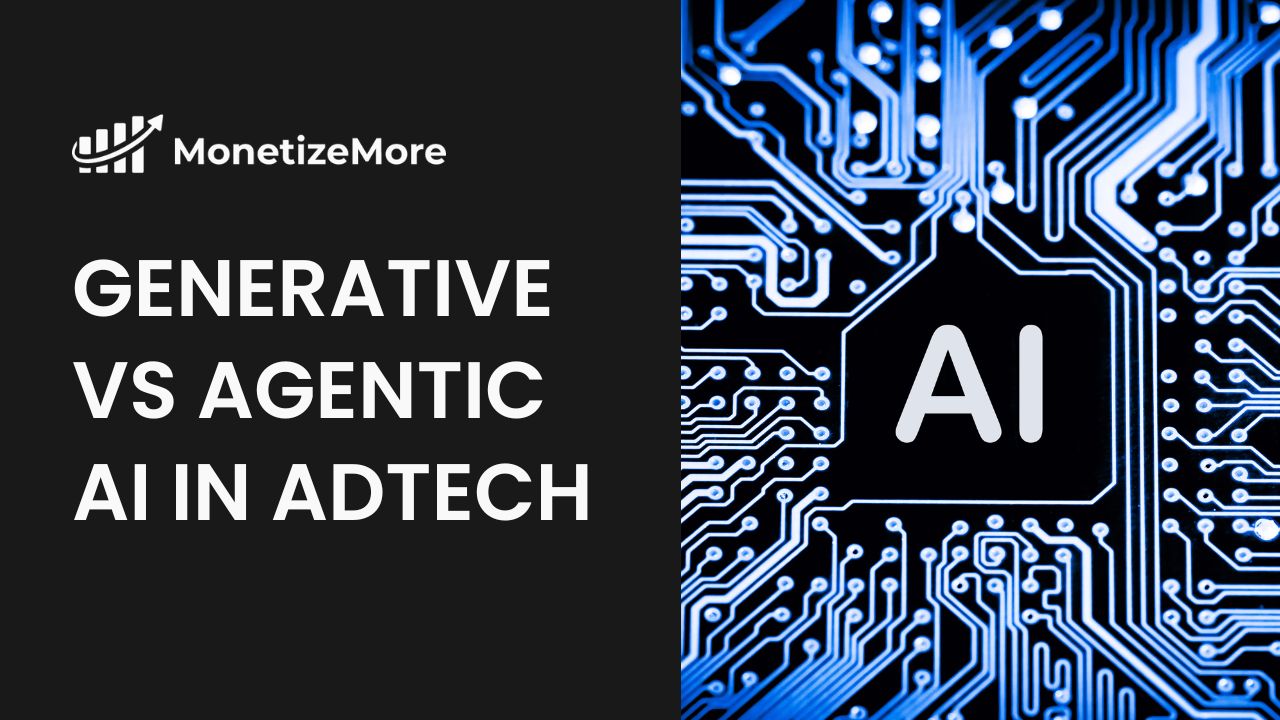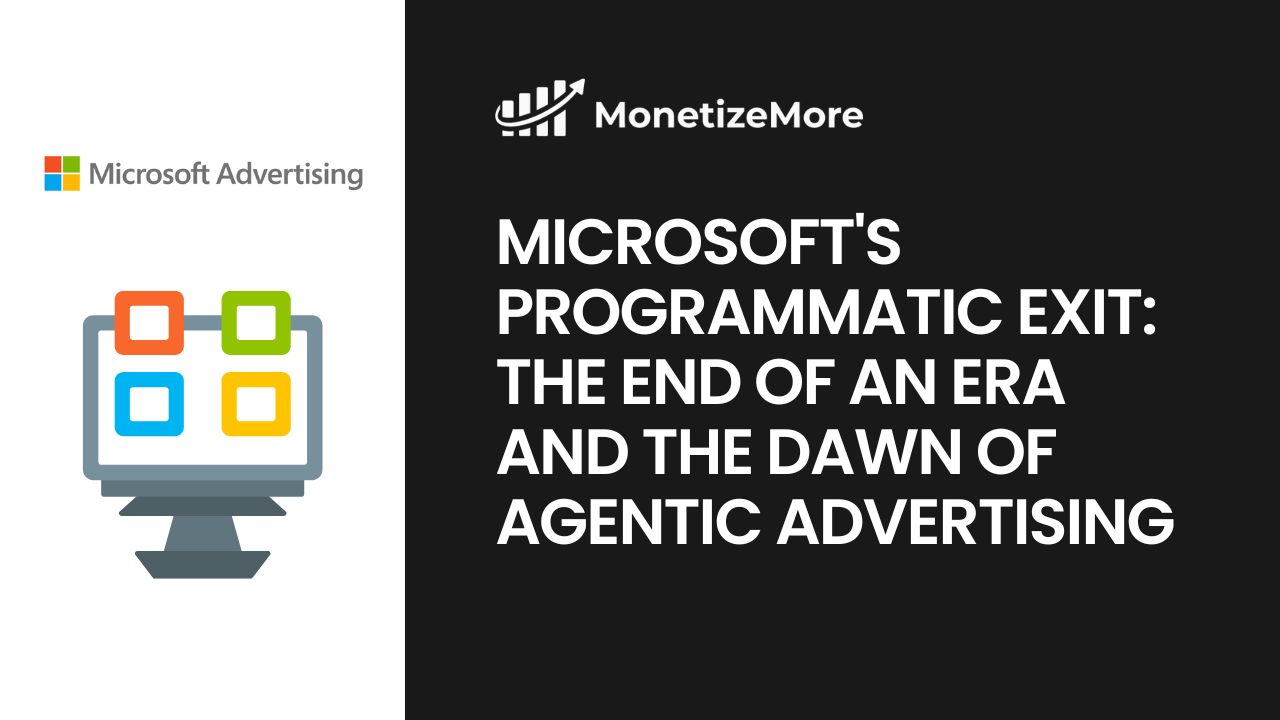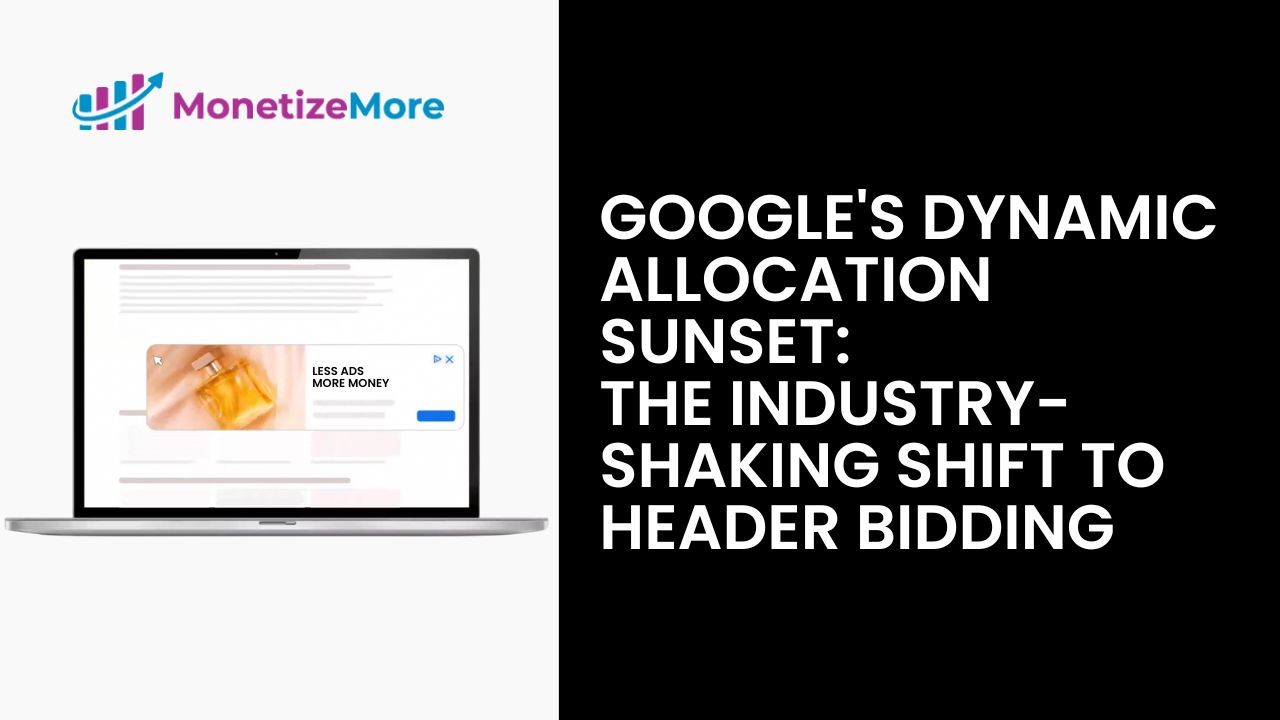
Google’s AI Mode rollout marks a pivotal shift in how users interact with search. Rather than simply providing a list of links, AI Mode offers direct, conversational responses powered by Google’s Gemini 2.5 model. This represents both immediate challenges and potential long-term consequences for publishers that deserve careful consideration.
The arrival of AI Mode outside of Search Labs and available to all US users signals Google’s commitment to this new search paradigm. With features like Deep Search generating “expert-level fully-cited reports,” complex analysis creating dynamic charts, and agentic capabilities handling tasks from ticket purchases to restaurant reservations, the traditional search results page is clearly evolving.
This evolution raises pressing concerns:
The data emerging from early AI search implementations paints a concerning picture for publishers:
Publishers aren’t standing still as this shift occurs. We’re already seeing significant strategy adjustments:
Your concern about the long-term health of the publishing ecosystem is particularly insightful. If AI systems continue to train on high-quality publisher content while simultaneously reducing the economic viability of creating that content, we face a potentially unsustainable cycle.
The risk of content consolidation is real. If only large media companies with diverse revenue streams can survive, we could indeed end up with an internet dominated by a handful of corporate voices, losing the rich diversity that smaller, niche publishers provide.
Google’s Nick Fox claims this is “an expansionary moment” and that “the death of the web has been 25 years coming, and it’s not happening.” He suggests that users clicking links from AI Overviews are more engaged when they visit sites. But many publishers remain skeptical of these assurances.
Some potential paths forward:
Google’s announcement of agentic capabilities in AI Mode represents a fundamental shift in how the internet functions. Project Mariner integration means AI will not just find information but act on behalf of users:
This confirms an emerging paradigm: the visitors of tomorrow may not be human at all. They’ll be AI agents, advocating for humans and making decisions on their behalf. For publishers, this introduces a profound existential question: What happens when content is no longer created primarily for human consumption but for AI intermediaries that summarize, filter, and act without ever directing users to the original source?
This isn’t merely another algorithm change to adapt to it’s a fundamental rewiring of how consumers discover and interact with brands throughout their journey. C-suite executives and board members need to understand the seismic implications:
The message is clear: don’t panic about traffic fluctuations within the old paradigm. Instead, recognize this fundamental shift and reallocate resources to win in this new era of hyper-personalized, AI-mediated discovery.
Perhaps most concerning for the publishing ecosystem is Google’s silence on monetization plans for content used in AI responses. Despite leveraging publisher content to train models and generate AI Mode responses, Google has yet to outline any revenue-sharing model:
The implications are stark: publishers are essentially funding Google’s AI capabilities through their content while losing the traffic that sustains their business models. Without a clear monetization strategy, many publishers, especially smaller, niche publications, may find themselves unsustainable.
This revenue vacuum raises serious questions about the diversity and quality of future content. If creating high-quality information becomes economically unviable due to AI disintermediation without compensation, who will continue producing the content these AI systems need to function?
The challenge for companies like Google is balancing innovation with ecosystem health. If they truly want AI Mode to succeed long-term, they need publishers creating the high-quality content their systems depend on. This suggests a mutual interest in finding sustainable solutions.
As Google’s Liz Reid notes, they’re shifting focus from just making information “accessible” to making it “useful.” The question is whether this usefulness comes at the expense of the diverse voices that make the internet valuable in the first place.
While AI Overviews have already impacted publisher traffic, many industry experts believe AI Mode represents an even greater threat. With its ability to synthesize information in real-time and provide direct answers without requiring clicks, AI Mode could fundamentally alter the publisher-search relationship in ways far more profound than previous Google updates.

With over ten years at the forefront of programmatic advertising, Aleesha Jacob is a renowned Ad-Tech expert, blending innovative strategies with cutting-edge technology. Her insights have reshaped programmatic advertising, leading to groundbreaking campaigns and 10X ROI increases for publishers and global brands. She believes in setting new standards in dynamic ad targeting and optimization.



10X your ad revenue with our award-winning solutions.